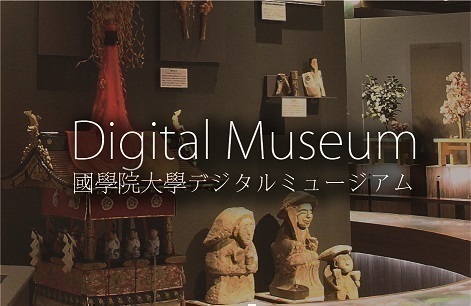- トップ
- Encyclopedia of Shinto
- Shikinaisha
Encyclopedia of Shinto
| Main Menu: | |
| Links: |
詳細表示 (Complete Article)
| カテゴリー1: | 3. Institutions and Administrative Practices |
|---|---|
| カテゴリー2: | Ancient |
| Title | Shikinaisha |
| Text | Shrines listed in the Register of Deities (Jinmyōchō) of Engishiki (Procedures of the Engi Era), which was promulgated in 967. In the ancient period, the Jingikan (Council of State) compiled a list of official shrines. This list is commonly called Kanshachō (Register of Official Shrines) or Jinmyōchō (Register of Deities). Chapters nine and ten of Engishiki represent Jinmyōchō at the time of the compilation of Engishiki, and the shrines included therein are called shikinaisha ("shrines listed in the shiki") or, more simply, shikisha. In other words, these were the "official shrines" (kansha) at the time when Engishiki was compiled in the first half of the tenth century. Altogether, there were two thousand eight hundred sixty-one shikinaisha that enshrined three thousand one hundred thirty-two deities. The shikinaisha were classified in various ways, but the primary distinction was between kanpeisha and kokuheisha. Shikinaisha, also known as kansha, received offerings (heihaku) from the court for the festival of kinensai, which was conducted by the Jingikan during the second month of the lunar calendar. In the Nara period, ritualists (hafuribe) from all shrines were expected to report to the Jingikan at the time of the kinensai in order to receive the offerings and take them back to their respective shrines. However, in 798 at the beginning of the Heian period, the shrines were divided into two groups: kanpeisha ("official offering shrines"), which, as before, received offerings directly from the Jingikan, and kokuheisha ("provincial offering shrines"), which received offerings from their respective provincial governments. Engishiki designates five hundred seventy-three shrines for seven hundred thirty-seven deities as kanpeisha, and two thousand two hundred eighty-eight shrines for two thousand three hundred ninety-five deities as kokuheisha. The ostensible reason for this change was the difficulty ritualists from remote provinces had in traveling to the capital. However, at a more fundamental level, this policy change had to do with the changing nature of ritsuryō governance as well as the waning of the official shrine system. The shikinaisha were also ranked as major (dai) and minor (shō) shrines. The distinctions between the two were formally based on the offerings (hanpei) given during the kinensai, and whether they were placed upon or below the an (offering table). This distinction was also probably made taking the shrines' status into account. The above distinctions were applied to all of the shikinaisha. Therefore, all shikinaisha could be divided into the groups of major and minor kanpeisha, and major and minor kokuheisha. In terms of numbers and distribution, the major kanpeisha included one hundred ninety-eight shrines that enshrined three hundred and four deities. These shrines were centered in the capital and around the nearby kinai provinces, but others were scattered across the country (excepting present-day Hokkaidō and Kyūshū where there were no such shrines). Minor kanpeisha existed only in the kinai provinces, where there were three hundred seventy-five such shrines for four hundred thirty-three deities. Both major and minor kokuheisha existed outside of the kinai provinces. There were one hundred fifty-five major kokuheisha shrines for one hundred eighty-eight deities, and two thousand one hundred thirty-three minor kokuheisha shrines for another two thousand two hundred and seven deities. Among these, differences in the amount and type of offerings for the kinensai were established based on each shrine's status. Additional distinctions were made among shikinaisha. Some shrines received offerings not only at the kinensai but also at other festivals such as the biannual rite known as the tsukinamisai (literally, the Monthly Festival), the ainamesai (Rite of Sharing the Fruits), and the Niinamesai (Rite of Tasting the First Fruits). There were also deities who were given the title of myōjin (renowned deity) and made recipients of special myōjin rites. These individual distinctions were noted under shrine names in Jimmyōchō. By the medieval period, accompanying the decline of the official shrine system, the shikinaisha system lost its importance. Nevertheless, the designation of shikinaisha endures today as a mark of antiquity and distinction, and there is a tendency to treat these shrines with greater respect. Recently, a national survey of the existing shikinaisha was conducted, and its results were published in Shikinaisha chōsa hōkoku (A Report on Shikinaisha). — Namiki Kazuko |




